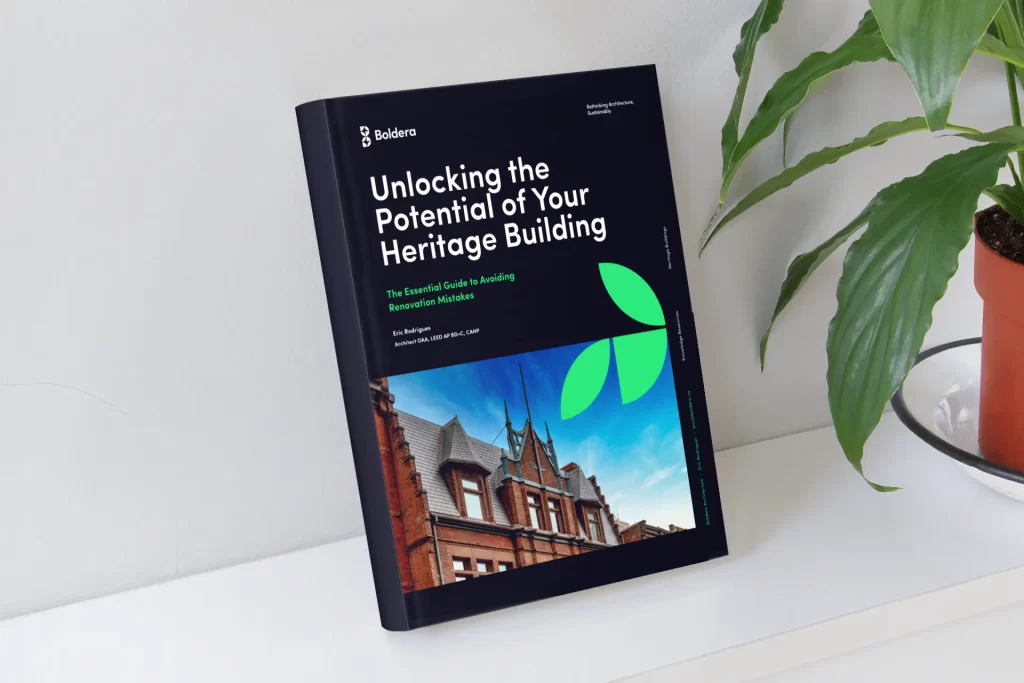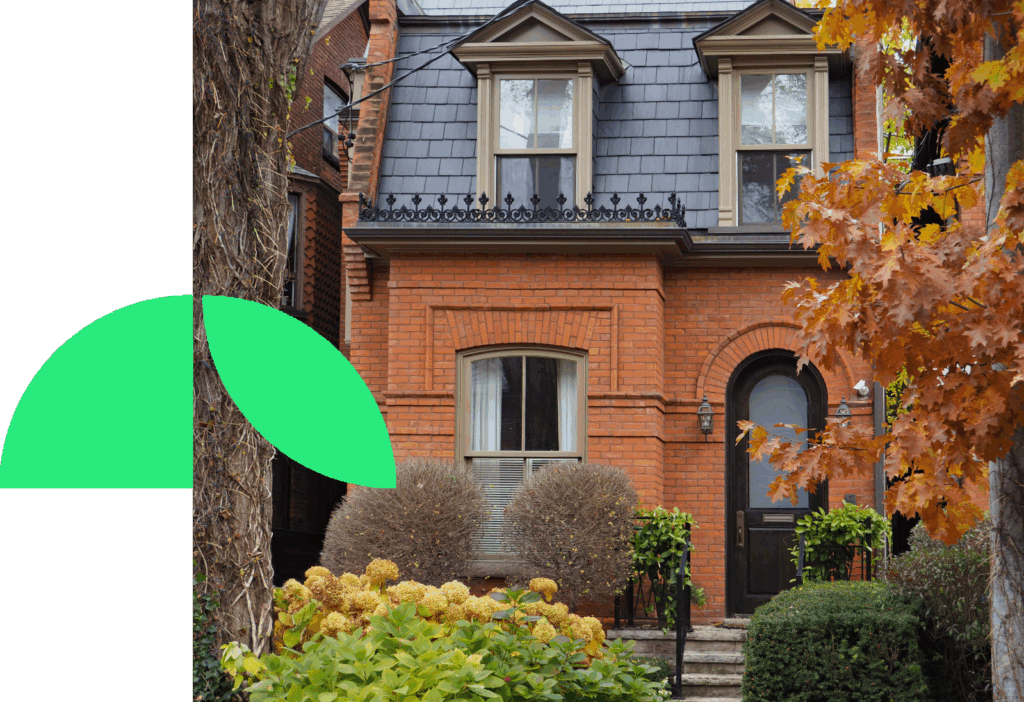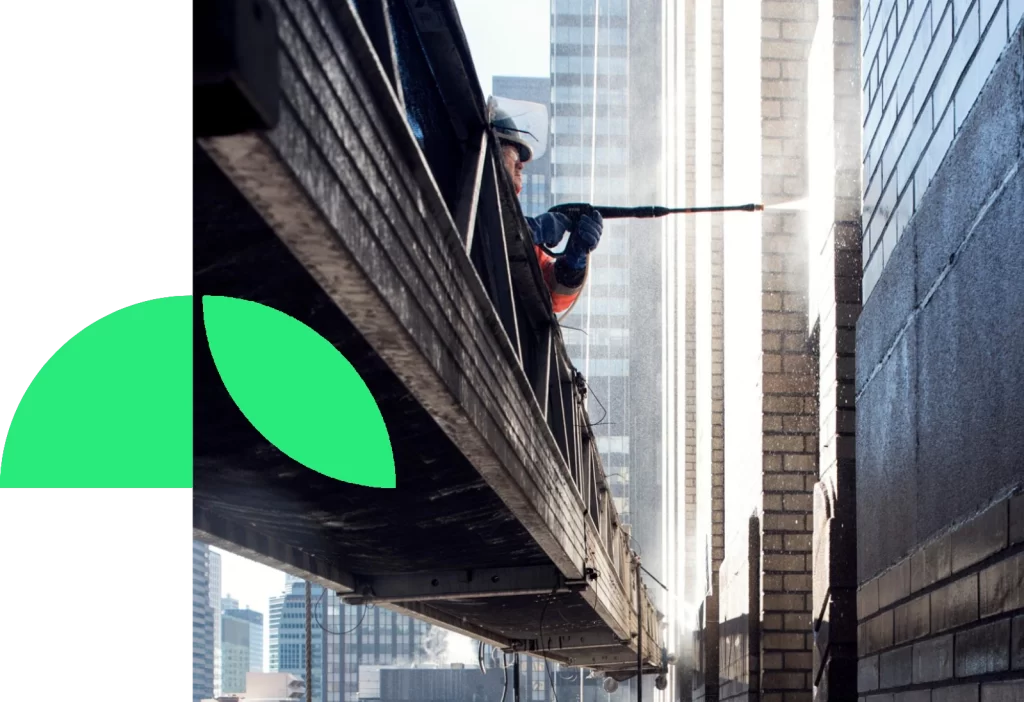A Call for Creative and Respectful Heritage Conservation
Eric Rodrigues, OAA, LEED AP BD+C, CAHP
In recent years, Toronto has witnessed a troubling trend in urban development known as “facadism.” This practice involves demolishing the entirety of a heritage building, except for its main facade, and constructing a new structure behind it. While it may appear to preserve the city’s historical architecture, facadism often results in a superficial nod to heritage, devoid of genuine respect for the building’s historical and cultural context. This article explores the rise of facadism in Toronto, its implications, and the need for a more thoughtful approach to heritage conservation and modern development.
Understanding "Facadism"
Facadism is a form of architectural preservation where only the facade of a historic building is retained, while the rest of the structure is demolished and replaced with new construction. Proponents argue that this method preserves the visual character of heritage buildings and integrates them into modern developments. However, critics contend that facadism reduces heritage conservation to a mere aesthetic gesture, stripping buildings of their historical integrity and significance.
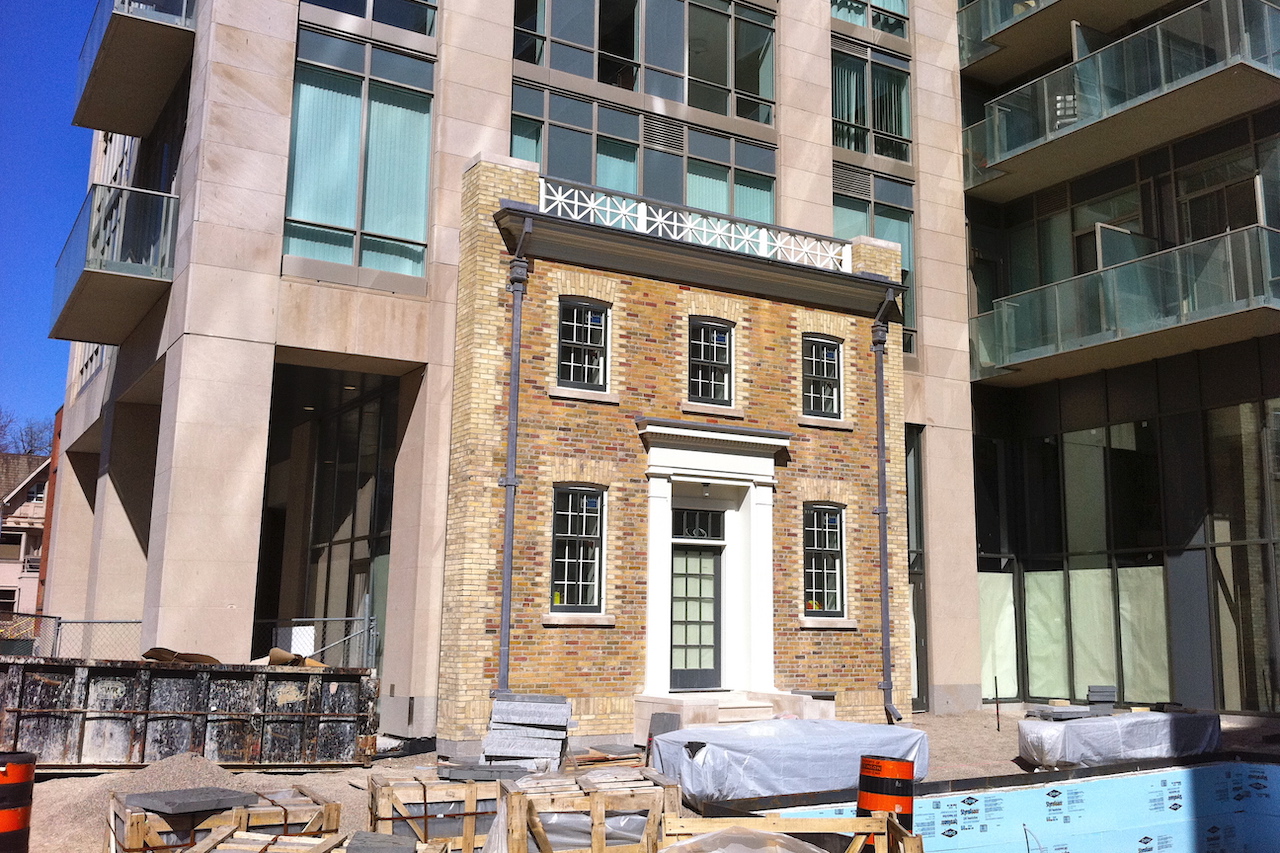
John Lyle Studio heritage facade at One Bedford – One of many examples of facadism seen around Toronto. (Source: Urban Toronto & Craig White)
The Rise of Facadism in Toronto
Toronto’s rapid urbanization and growing demand for modern residential and commercial spaces have fueled the rise of facadism. Developers, eager to maximize the use of prime real estate, often view facadism as a compromise between heritage preservation and new construction. By retaining the facade, they can appease heritage conservationists and city planners while creating larger, more profitable developments.
The Flaws of Facadism
Loss of Historical Integrity: Heritage buildings are more than just their facades. The architectural design, materials, and craftsmanship of the entire structure contribute to its historical value. Facadism disregards these elements, reducing heritage conservation to a superficial exercise.
Contextual Disrespect: Facadism often results in incongruous designs that clash with the surrounding architectural context. The new structures built behind preserved facades frequently lack harmony with the original building and its environment, creating a disjointed urban landscape.
Missed Opportunities for Adaptive Reuse: True adaptive reuse involves creatively repurposing entire heritage buildings, preserving their historical character while meeting modern needs. Facadism bypasses this opportunity, opting for an easier but less respectful solution.
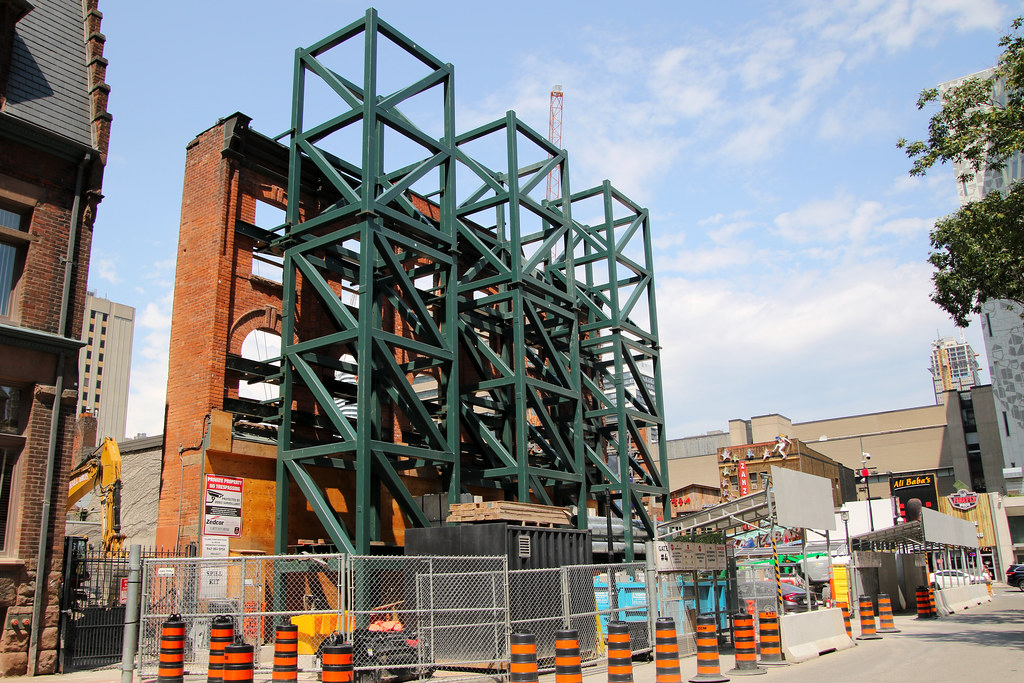
The last remains of 8 Elm Street, with the new construction rising behind it. (Source: Urban Toronto)
The Need for Creativity and Respect in Heritage Conservation
Facadism’s prevalence in Toronto underscores a lack of creativity and respect in heritage conservation. To move beyond this superficial approach, we need to embrace innovative and thoughtful strategies that balance modern development with the preservation of our architectural heritage.
Comprehensive Adaptive Reuse: Adaptive reuse should involve retaining and repurposing the entirety of heritage buildings. This approach respects the historical integrity of the structure while adapting it to contemporary functions. Successful examples of adaptive reuse showcase how heritage buildings can be transformed into vibrant, functional spaces that enrich the urban fabric.
Integrated Design Solutions: Architects and developers must strive for designs that seamlessly integrate new constructions with existing heritage structures. This requires a deep understanding of the building’s history and context, and a commitment to preserving its character while introducing modern elements.
Community Engagement: Engaging the community in heritage conservation projects ensures that development decisions reflect the values and priorities of those who live and work in the area. Public consultations and collaborative planning can lead to more thoughtful and respectful preservation efforts.
Policy and Incentives: Strengthening heritage conservation policies and providing incentives for comprehensive adaptive reuse can encourage developers to move away from facadism. Grants, tax rebates, and recognition programs can make heritage conservation more financially viable and attractive.
A Missed Opportunity
Facadism in Toronto represents a missed opportunity for genuine heritage conservation and creative urban development. By retaining only the facades of historic buildings, we lose the rich architectural and cultural heritage that defines our city’s character. It is time to move beyond this superficial approach and embrace innovative, respectful strategies that balance modern development with the preservation of our historical treasures.
Conclusion
At Boldera, we are committed to true heritage conservation and adaptive reuse. Our team of experienced heritage architects and specialists is dedicated to preserving the historical integrity of buildings while meeting the needs of modern development. We believe in creative, respectful solutions that enhance the urban landscape and honor the past. Partner with Boldera to ensure your heritage project is successful and meaningful. Contact us today to learn more about how we can help you achieve your vision.
I hope this article has helped you with your planning. If you have questions, book a free 30-minutes Discovery Session with Boldera Architecture. This will unlock the full potential of your project and help you develop a quick action plan. My goal is to help you develop successful projects.



